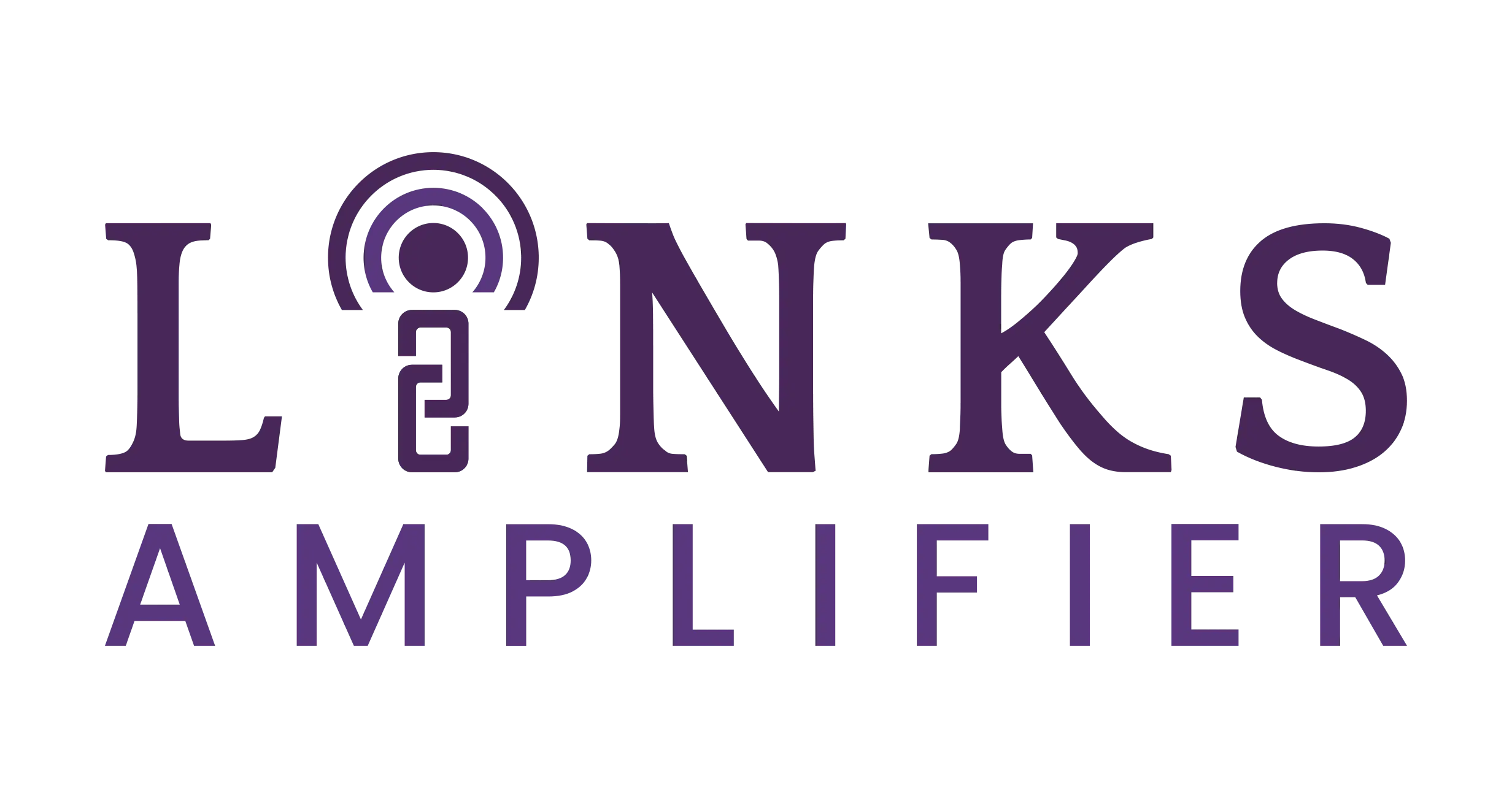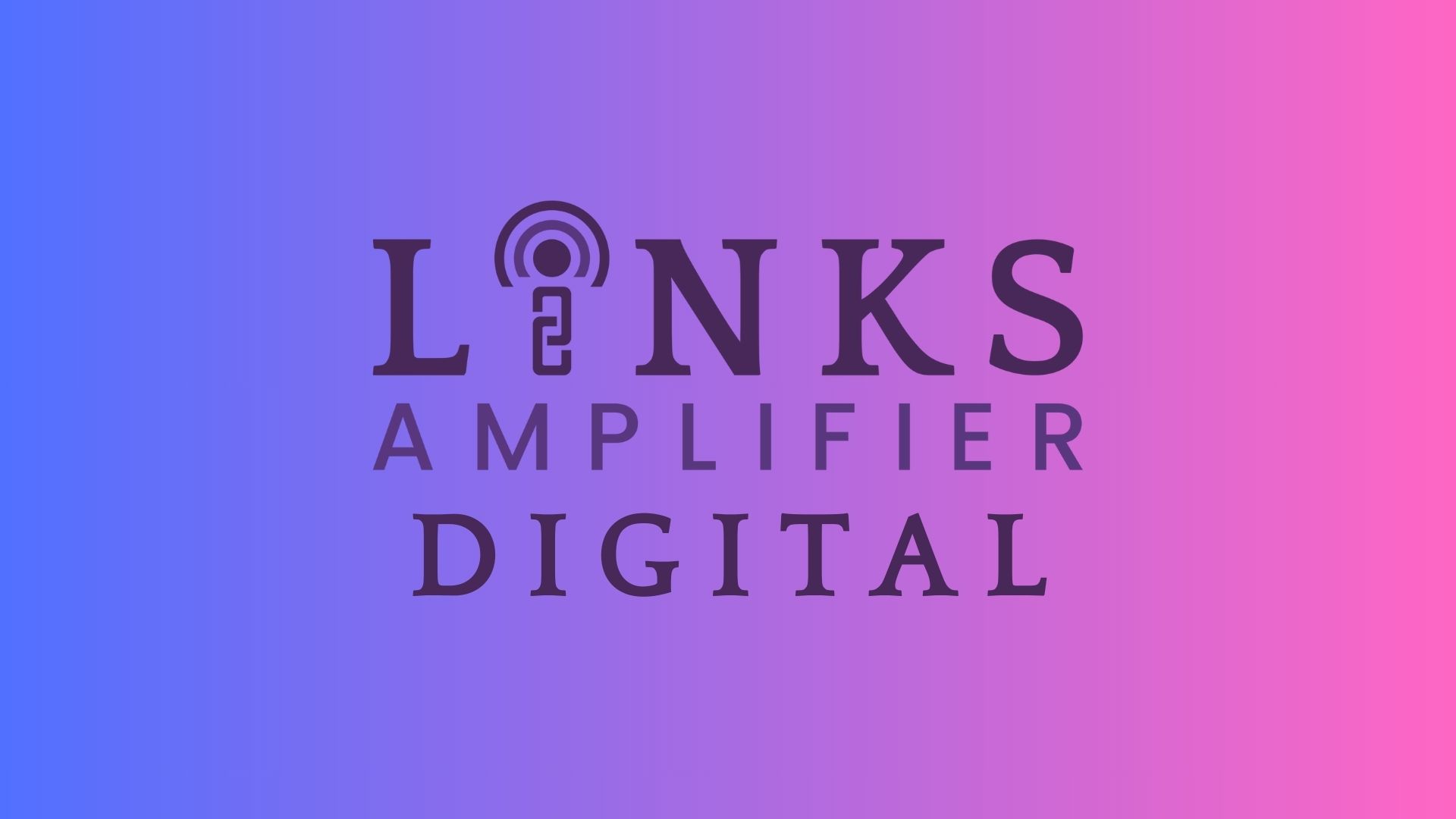In the world of search engine optimization (SEO), the quality and relevance of backlinks play a pivotal role in determining a website’s authority and search engine ranking. Not all backlinks are created equal, and understanding the concept of backlink relevance is essential for crafting a successful link-building strategy.
Understanding the Tiered Link-Building Model
A tiered link-building model is a strategic approach that categorizes potential backlink sources into distinct tiers, each representing a different level of relevance to your website’s niche and target audience. This segmentation allows you to prioritize your outreach efforts, maximize the impact of acquired links, and build a well-rounded backlink profile.
The Four Degrees of Backlink Relevance
Diving deeper into the tiered link-building model, let’s explore each tier in detail, examining the unique benefits they offer and providing illustrative examples of websites that fall into each category.
First Degree: Highly Relevant Links
These are the crown jewels of backlinks. They originate from websites that are directly aligned with your niche and cater to the same target audience. These sites often focus on the same keywords and topics as your website, making them the most authoritative and valuable sources of backlinks.
- Benefits: Tier One backlinks not only drive highly targeted traffic to your website but also send strong signals to search engines about your content’s relevance and authority. These signals can significantly boost your search engine rankings, leading to increased organic traffic and overall online visibility.
- Examples:
- For a vegan food blog: A backlink from a renowned vegan recipe website like Oh She Glows or Minimalist Baker would be considered a Tier One link.
- For a digital marketing agency: A backlink from industry-leading publications like Search Engine Journal or MarketingProfs would fall under Tier One.
Second Degree: Very Relevant Links
Websites in this tier may not be as laser-focused as Tier One sources, but they still maintain a strong connection to your niche. They might cover a broader range of topics within your industry or share a partial overlap in target keywords. While not as impactful as Tier One links, these backlinks still carry substantial weight in terms of SEO value.
- Benefits: Tier Two backlinks contribute to your website’s credibility and topical authority. They can also drive a considerable amount of referral traffic, expanding your reach within your target audience.
- Examples:
- For a vegan food blog: A backlink from a general health and wellness website like MindBodyGreen or Well+Good would be considered a Tier Two link.
- For a digital marketing agency: A backlink from a business news website like Forbes or Entrepreneur that regularly covers marketing topics would fall under Tier Two.
Third Degree: Somewhat Relevant Links
This tier includes websites that are tangentially related to your niche or target audience. They may occasionally touch upon topics relevant to your content but generally have a broader scope. While not as directly influential as higher-tier links, these backlinks can still play a role in your overall SEO strategy.
- Benefits: Tier Three backlinks help diversify your backlink profile and expand your brand awareness. They can also contribute to your website’s overall link authority, although to a lesser extent than higher-tier links.
- Examples:
- For a vegan food blog: A backlink from a travel blog with a section on vegan-friendly destinations or a sustainable living blog would be considered a Tier Three link.
- For a digital marketing agency: A backlink from a general business blog discussing the importance of online marketing or a local business directory would fall under Tier Three.
Fourth Degree: Broadly Relevant Links
The final tier comprises websites that might seem less relevant at first glance but can still offer value to your link-building efforts. These websites might operate within the same broader industry or cater to a similar demographic as your target audience.
- Benefits: Tier Four backlinks can help diversify your backlink profile, enhance brand visibility, and potentially expose your website to new audiences. While their direct SEO impact might be limited, they can contribute to a natural and organic link profile.
- Examples:
- For a vegan food blog: A backlink from a community forum discussing healthy eating habits or a social media group dedicated to plant-based recipes would be considered a Tier Four link.
- For a digital marketing agency: A backlink from a local chamber of commerce website or a university’s blog featuring alumni success stories in marketing would fall under Tier Four.

The Importance of a Tiered Approach: Maximizing Link-Building Impact
A tiered approach to link building isn’t just a strategy; it’s a philosophy that acknowledges the nuanced nature of backlinks and their varying impact on your website’s SEO performance. By strategically prioritizing your outreach efforts and diversifying your link profile across different tiers, you can create a sustainable and scalable foundation for long-term success.
Prioritizing High-Value Links
Tier One and Tier Two backlinks should be the cornerstone of your link-building strategy. These links are the most potent in terms of SEO value, driving targeted traffic, boosting domain authority, and signaling relevance to search engines. Investing time and resources into acquiring these high-value links early on will establish a solid foundation for your website’s online presence.
Expanding Reach and Diversifying Your Profile
As you progress through the tiers, you can gradually expand your reach and diversify your backlink profile. While less directly impactful, tier Three and Tier Four backlinks contribute to a more natural and organic link profile. They also help expose your website to new audiences and enhance your brand’s overall visibility.
Balancing Relevance and Authority
A tiered approach strikes a balance between relevance and authority. While Tier One and Tier Two links offer high relevance and authority, lower tiers can provide valuable diversity and reach. By incorporating a mix of backlinks from different tiers, you create a balanced and resilient link profile that can withstand algorithm updates and fluctuations in search engine rankings.
Building a Sustainable Foundation
A well-structured tiered link-building strategy ensures that your website’s link profile grows organically over time. By focusing on high-quality links initially and gradually incorporating lower-tier links, you create a sustainable foundation that can withstand the test of time. This approach also allows you to adapt to changing SEO trends and algorithms, ensuring your website remains competitive in the ever-evolving digital landscape.
Unlocking the Full Potential of Your Link-Building Campaigns
By understanding and leveraging the different tiers of backlink relevance, you can unlock the full potential of your link-building campaigns. You can prioritize outreach efforts, tailor your content to resonate with different audiences and build meaningful relationships with other website owners. This holistic approach to link building maximizes your chances of acquiring high-quality backlinks that drive organic traffic, boost your search engine ranking, and, ultimately, achieve lasting success in the digital landscape.
Conclusion
A tiered link-building approach is a powerful tool for enhancing your website’s authority and search engine visibility. By understanding the varying levels of relevance and prioritizing high-quality links, you can build a robust and diverse backlink profile that stands the test of time. Remember, link building is a long-term investment, requiring patience, persistence, and a focus on quality over quantity.

Jinky Oblianda is the founder of Links Amplifier Digital. She has been building links for businesses and helping agencies for years before slowly starting her own agency.


